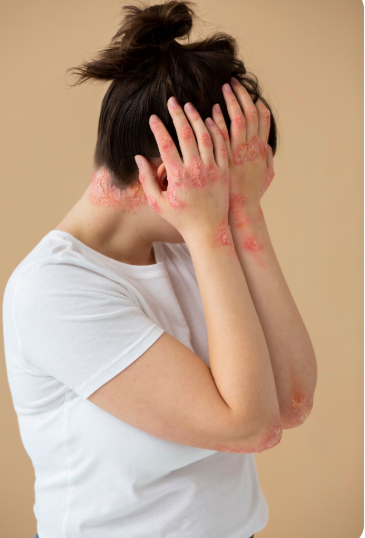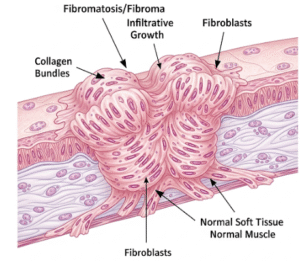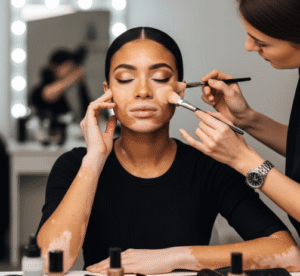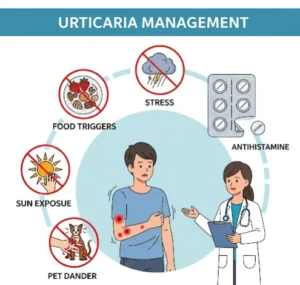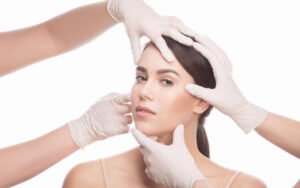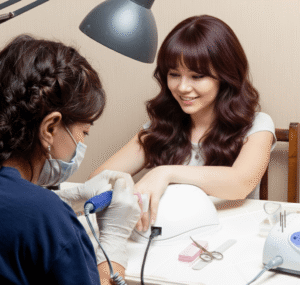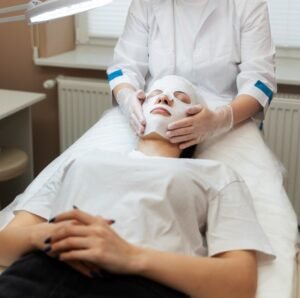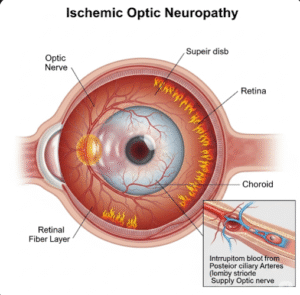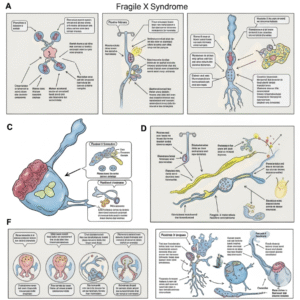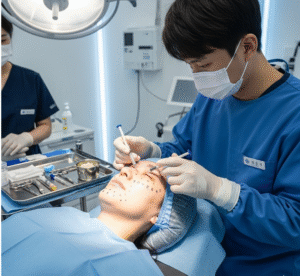Overview
Hives, also known as urticaria, are a common skin condition in Korea characterized by red, itchy welts that appear suddenly on the skin. They may result from allergic reactions, stress, infections, or unknown triggers. While most cases are mild and temporary, chronic or recurrent hives can significantly affect quality of life. Korean hospitals and dermatology clinics provide advanced allergy testing, skin evaluations, and targeted treatments for hives, including modern antihistamines and immunotherapy.
What is Hives?
Hives are raised, itchy welts on the skin caused by the release of histamine and other chemicals from immune system cells. They may appear anywhere on the body and can vary in size, shape, and duration. Acute hives last less than six weeks, while chronic hives persist for longer periods. Both children and adults in Korea can be affected, with some cases linked to underlying allergies or autoimmune conditions.
Symptoms
- Raised, red, or skin-colored welts
- Intense itching
- Swelling of the skin (sometimes lips, eyelids, or throat)
- Welts that change shape, size, or location within hours
- Burning or stinging sensation in some cases
Causes
- Allergic reactions to food (seafood, nuts, eggs, milk, etc.)
- Medications (antibiotics, aspirin, NSAIDs)
- Insect bites or stings
- Infections (viral, bacterial, or fungal)
- Environmental triggers (pollen, pet dander, dust mites)
- Stress or physical factors (heat, cold, pressure, sunlight)
- Autoimmune reactions (in chronic cases)
Risk Factors
- Family history of allergies or hives
- Frequent use of medications like antibiotics or pain relievers
- Pre-existing allergic conditions such as asthma or hay fever
- Exposure to environmental allergens common in Korea (pollen during spring, fine dust pollution)
- Stressful lifestyle, which is a common trigger among Korean office workers and students
Complications
- Chronic discomfort and sleep disturbances due to itching
- Angioedema (deep swelling, especially around lips, eyes, or throat)
- Difficulty breathing if swelling involves the airway (medical emergency)
- Reduced quality of life due to recurrent outbreaks
- Emotional stress and anxiety linked to unpredictable flare-ups
Prevention
- Avoid known triggers (identified through allergy testing)
- Keep a diary of food, medications, or activities related to outbreaks
- Wear loose-fitting, breathable clothing
- Minimize exposure to Korea’s seasonal pollen and fine dust by wearing masks and using air purifiers
- Manage stress through relaxation techniques and lifestyle balance
Treatment Options in Korea
Korea provides comprehensive dermatology and allergy care for hives, with both short-term and long-term treatment strategies:
- Diagnosis:
- Skin prick tests and blood tests for allergy detection
- Detailed medical history to identify triggers
- Elimination diets for suspected food-related hives
- Medical treatment:
- Non-sedating antihistamines (first-line treatment)
- Corticosteroids for severe flare-ups (short-term use)
- Immunomodulators (omalizumab injections) for chronic hives not responding to standard therapy
- Advanced care in Korean hospitals:
- Seoul National University Hospital and Asan Medical Center have allergy and immunology departments specializing in chronic hives
- Samsung Medical Center offers advanced biologic therapies and multidisciplinary care for autoimmune-related urticaria
- Lifestyle and supportive care:
- Stress management programs offered at wellness clinics
- Dietary guidance for food-related allergies
- Use of hypoallergenic skincare products to minimize irritation
With advanced medical technology, patient-centered care, and a strong focus on allergy research, Korea offers effective solutions for managing both acute and chronic hives.

